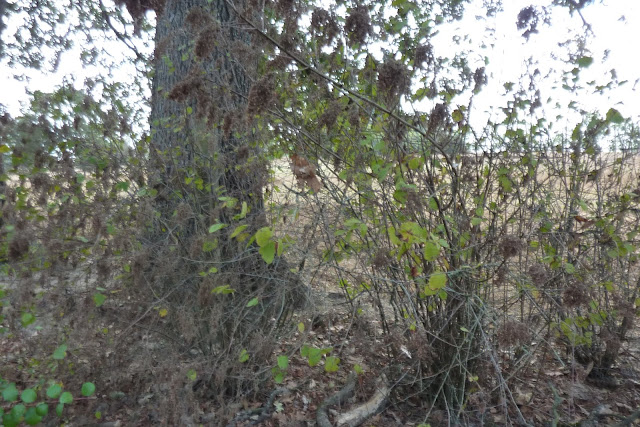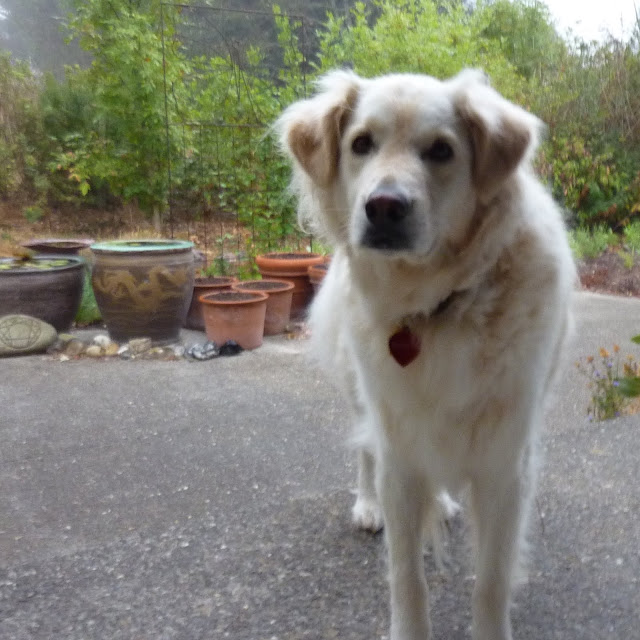With the repeated comment by individuals coming in contact with Shasta for the first time identifying her as a “Golden Retriever,” I am struck by how inaccurate a human’s “first impression” can be and how it can be influenced by what that person wants to see (point of view). As some of you know, when we adopted Shasta from the Novato Humane Society we were told she was a mix of Golden Retriever and Spaniel. After a few days of her coming to MuRefuge it was clear from her behavior that she was neither. Wisdom Panel performed a DNA assay on her saliva verifying she is not a Golden Retriever:
- Great Grandparents, Grandparents and Parents on one side Bearded Collie (Shasta’s disposition of sweetness and exuberance)
- On the other side Collie, the Lassie type, (Shasta’s “tail feathers”) and Pointer (Shasta’s white with lemon/orange fur color, and she does "point")
Then other ancestors (in descending order)
- Chihuahua (Shasta’s front teeth and muzzle configuration when she barks)
- Lhasa Apso (Shasta’s tail)
- Curly-coated Retriever ( Shasta's soft, silky fur)
- Bulldog (Shasta’s scissors bite)
- German Shepherd
 |
| MuRefuge's 25 year old California Buckeye tree (Aesculus californica) in estivation. Some of you might recall a picture of the blooming in May? |
 | |
| Ocean Spray or Cream Bush (Holodiscus discolor) along MuRefuge's South fence |
 |
| Western Ninebark (Physocarpus capitatus) |
BEing with the flow of cycles has the added benefit of connecting ourselves with the natural process in the place we are rooting. This process of connection supports our well BEing on so many levels and allows us to step outside of our limiting “personality” which includes not only learned childhood behaviors but the physical body with its genetic DNA, and experience expansive “essence,” aka soul/spirit, which includes the surrounding energy fields as well.
Shasta is uniquely herself with a unique personality and DNA mix. She is also much more when her essence is included. Her sweetness that everyone comments on who spends any time with her is clearly a reflection of so much more than just her DNA.
 |
| Shasta, in her slimmed down body of around 55#, bemoaning, "They don't feed me enough" with a smile. |
The native plants here provide a similar opportunity to step outside of humanness (point of view of uniqueness and separateness) and experience the connection to the entire energetic web not only here at MuRefuge. Of course, as one expands his or her point of view or awareness one can feel how essence connects any/everywhere to all sentient BEings.
May we let go of our small idea of self and embrace a much larger one as we







